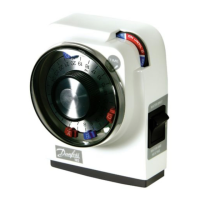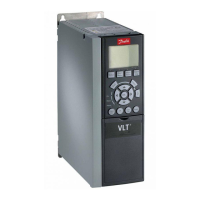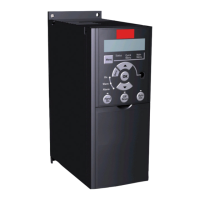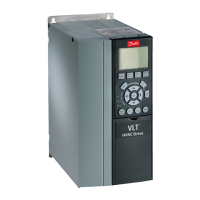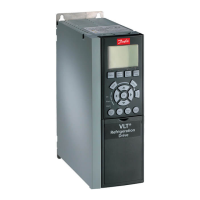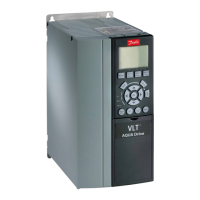Application Guide | iC2-Micro Frequency Converters
l Reset after a fault trip.
l Run at various preset speeds.
l Run in reverse.
l Change of the active set-up.
l Control of the 2 relays built into the drive.
The bus reference is commonly used for speed control. It is also possible to access the parameters, read their values, and where possible,
write values to them. Accessing the parameters offers a range of control options, including controlling the setpoint of the drive when its
internal PI controller is used.
6.1.6.2 FC Protocol Message Framing Structure
6.1.6.2.1 Content of a Character (byte)
Each character transferred begins with a start bit. Then 8 data bits are transferred, corresponding to a byte. Each character is secured via
a parity bit. This bit is set at 1 when it reaches parity. Parity is when there is an equal number of 1s in the 8 data bits and the parity bit in
total. A stop bit completes a character, consisting of 11 bits in all.
Start
bit
Even
parity
Stop
bit
0 1 2 3 4 5 6 7
e95na036.10
Figure 55: Content of a Character
6.1.6.2.2 Telegram Structure
Each telegram has the following structure:
l Start character (STX) = 02 hex.
l A byte denoting the telegram length (LGE).
l A byte denoting the drive address (ADR).
Several data bytes (variable, depending on the type of telegram) follow.
A data control byte (BCC) completes the telegram.
Figure 56: Telegram Structure
6.1.6.2.3 Telegram Length (LGE)
The telegram length is the number of data bytes plus the address byte ADR and the data control byte BCC.
Table 24: Length of Telegrams
4 data bytes LGE=4+1+1=6 bytes
12 data bytes LGE=12+1+1=14 bytes
Telegrams containing texts 10
(1)
+n bytes
1) The 10 represents the fixed characters, while the n is variable (depending on the length of the text).
Danfoss A/S © 2024.03 AB413939445838en-000301 / 130R1254 | 77
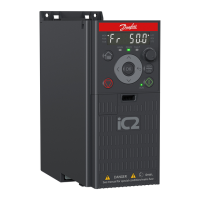
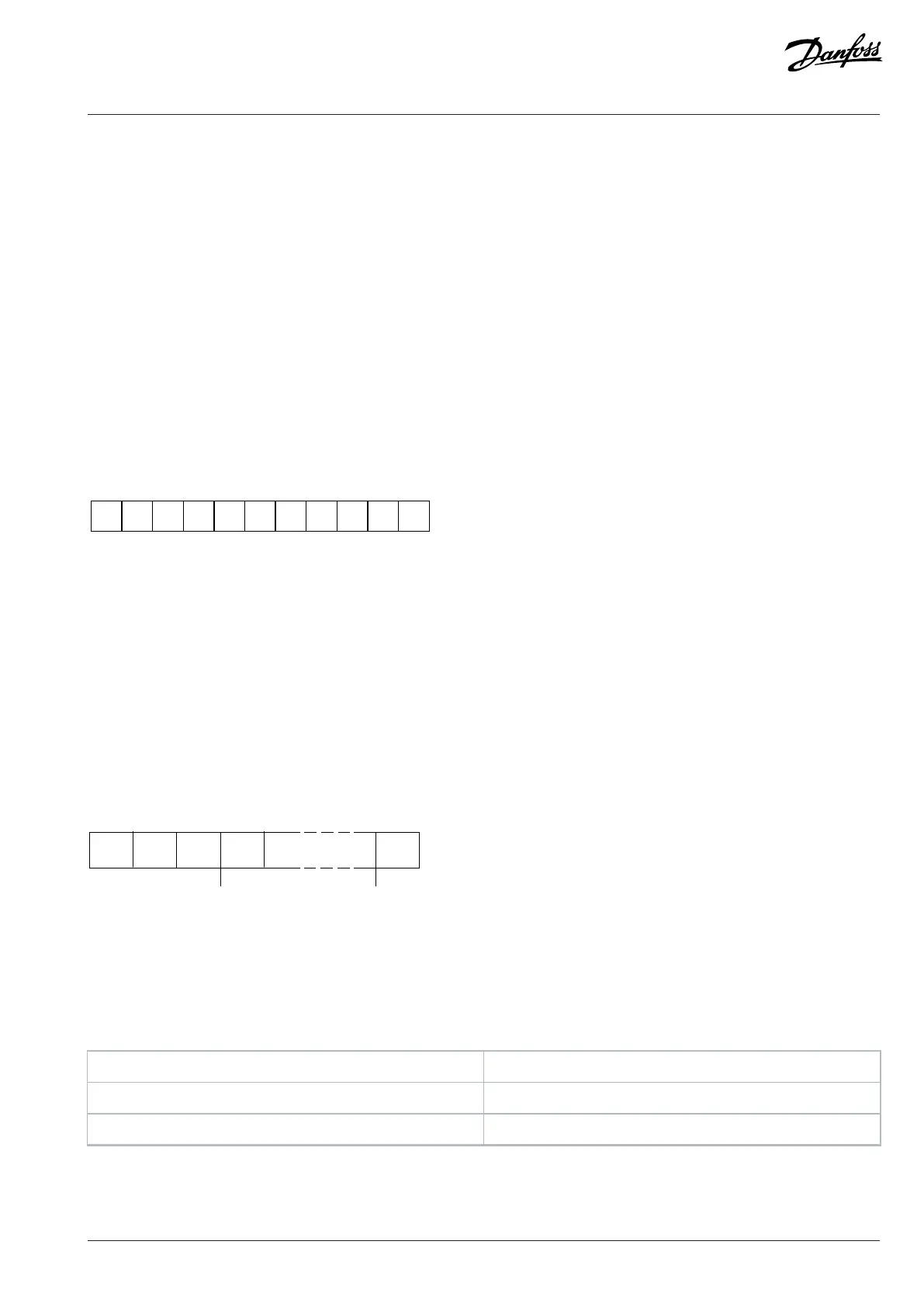